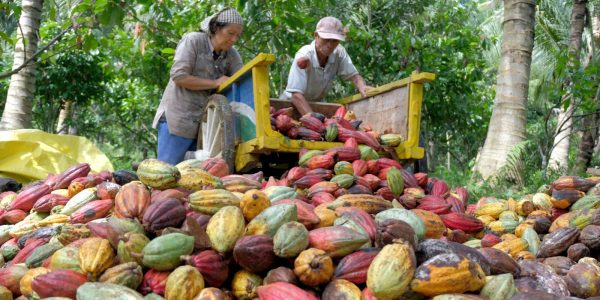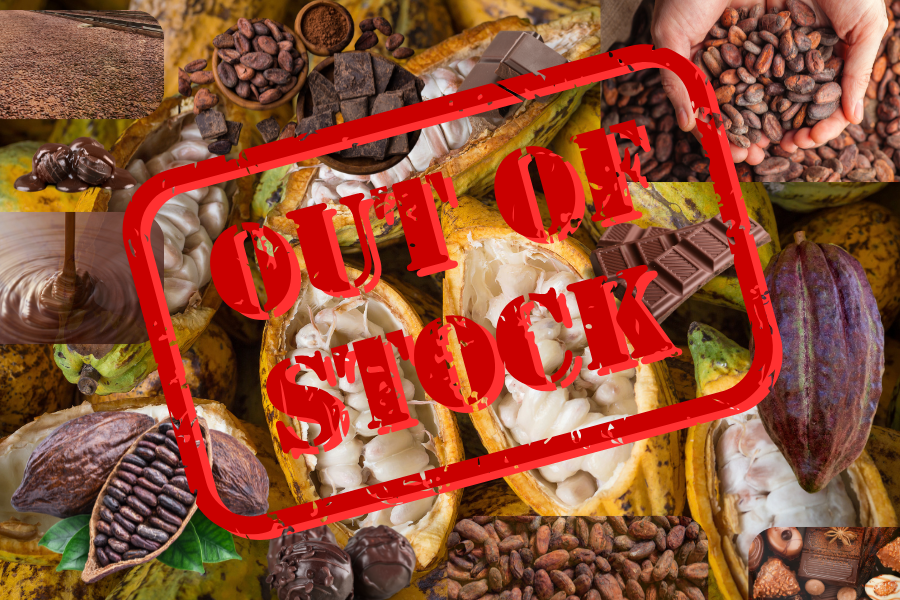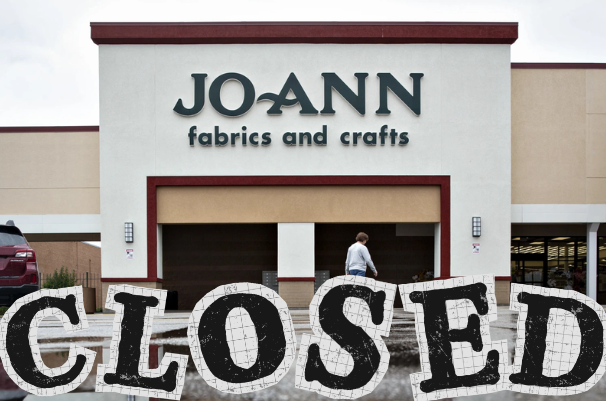Over the past hundred years or so, advancements in technology related to the transport and distribution of perishable goods have revolutionized global industry. Milkmen were still common in the United States until the 1930’s when more and more homes were getting refrigerators. The refrigerated truck was invented in 1935 and swiftly changed the entire food market. In 2025, long gone are the days of only seasonal, local produce being available in grocery stores, and it has altered the manner in which people think about items as common today as lemons, strawberries, or even chocolate. Any time in the past century, no matter the season or store, a shopper in the United States could visit and purchase a bar of chocolate. However, due to global shortages of the cocoa used in such products, the asking price of such items may make consumers second guess.
Climate change is a major factor in the loss of cocoa supplies. For decades the climate has been growing steadily more volatile, and particularly in West Africa where nearly 81% of the world’s cocoa is grown, periods of drought followed by extreme precipitation heavily impact the growth process of plants and limit the quantitative abilities of cocoa producers.
Diseased trees are a barrier for all kinds of fruit farmers, from apples to oranges to cacao pods. Certain breeds of cacao trees are grown more than others due to their disease resistant qualities and heartiness, such as Forastero. Fungi and insects also pose a threat to cacao plants, contributing to an increased number of damaged fruits in recent seasons.
More palpable human interaction has also been a huge contributor to the shortages of cocoa beans. The presence of gold and other precious materials found in the grounds of West Africa have induced mining mania in the region for centuries, encroaching on farm land both through legal and illegal means. Farm owners are often pressured to sell their land to mining companies. The majority of cocoa is shipped out of the continent to places like Europe and North America for final processing, and as the majority of money related to cocoa is made from said processing, farmers may be given an offer they can not refuse, leading to less space for growing the heavily coveted beans.

Companies like Mondelez (owner of Cadbury), The Hershey Company, Mars and Nestlé produce millions of tons of chocolate annually, shipping all over the globe. With their profits in the billions, it’s easy to see why the prices of those multipack bags of Halloween candy seem to get more and more expensive every year. As of Sept. 29, 2025, a five pound bag of individually wrapped assorted candies ordered online from Walmart (including both chocolate and non-chocolate types) will charge $39.05, with other options typically sitting in the $18-$35 range. As Halloween comes closer, more sales may emerge, but it’s still a hefty price tag that will have many people looking elsewhere wondering, “Do I really need to pass out candy this year?”









